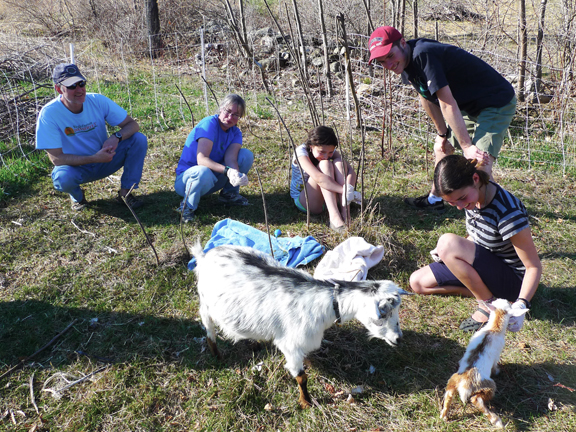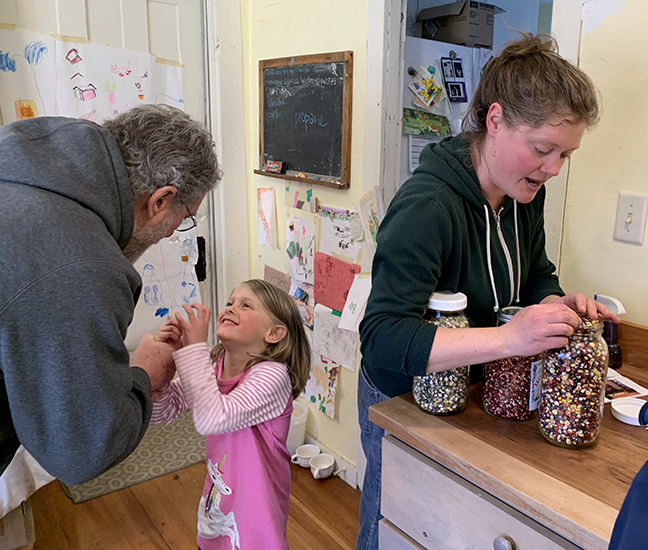A short description of cohousing: People living together in neighborhoods designed for community interaction and personal privacy. Now with social distancing, we need to be more creative, but are finding ways to stay connected.
A few quotes from folks living in cohousing: “…both momentous and ordinary.” “…fun, cooperative, friendly, challenging, supportive, thrifty, sometimes annoying, but I love it!” “…after parenting, the single greatest personal growth opportunity.”
These quotes are from CohoUS (The Cohousing Association of the United States). Foundation for Intentional Living (ic.org) is another resource with a variety of intentional living arrangements. Equity, cooperation, and ecological living are the common threads.
Cohousing lifestyle first became popular in Denmark. It has 165 cohousing communities in US and 140 new communities forming!
We recommend reading Ben Brock Johnson’s NPR article about cohousing: The Case For Cohousing: Where Responsibilities Are Shared And Life Is A Little Less Lonely
Visit Stowe Farm’s Facebook, Instagram, and see our pins on Pinterest. You can also sign up for our email to inform you about open houses, workshops, events, and potlucks, which will resume when we’re pandemic free. Stowe Farm Community is scheduling distanced outdoor visits, weather permitting.
Cohousing is social security

Adults who are more socially connected are healthier and live longer than their more isolated peers, and social disconnectedness and perceived isolation seem to be independently associated with lower levels of self-rated physical health.
However, many of us find it gets increasingly difficult to maintain a sense of connectedness. Marla Paul describes the problem well in her book The Friendship Crisis. “Simply put, we’re on our own more often now. The old structures don’t function the way they used to. We hurtle through life and don’t have time to get to know the people on our block. Many of us are flung far from parents, siblings, and cousins. Work friendships fracture as companies slash budgets and employees, and more people are isolated in home offices as telecommuters or in home-based businesses. Even marriage is a wobbly source of both companionship and social webbing. … Clearly, we need to craft our own tribes.”

Cohousing is an answer to this need for social webbing. Originating in Denmark in the 1960s, interest in cohousing worldwide has surged in recent years, a trend driven by folks seeking a downsized, community-oriented and environmentally-friendly lifestyle. Cohousing is also gaining traction among millennials as they search for a better way to raise their children. Nearly 200 cohousing communities exist in the United States today, ranging in size and shape but nearly all premised on the belief that people are happier, healthier and more resilient if they live in community.
Some of the experiences of living in a neighborhood or a condominium or other shared living situations are applicable to cohousing. But cohousing adds specific organizing principles, goals and characteristics that are designed to enhance the community aspects of living together, similar to a small village or a group of extended family members.
All of us have felt the benefits from meaningful daily social interactions and connections that have been proven to improve happiness, health and increased longevity. Why not deliberately live in communities that are safer, friendlier, and healthier?
